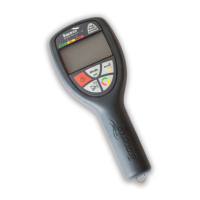What to do if my Tracerco NORM IS shows 'Over range'?
- Ttracy30Aug 4, 2025
If your Tracerco Monitor shows an 'Over range' error, it means the device is detecting radiation levels beyond its measurement capacity. The solution is to move away from the source of radiation until the reading falls within the monitor's range.

